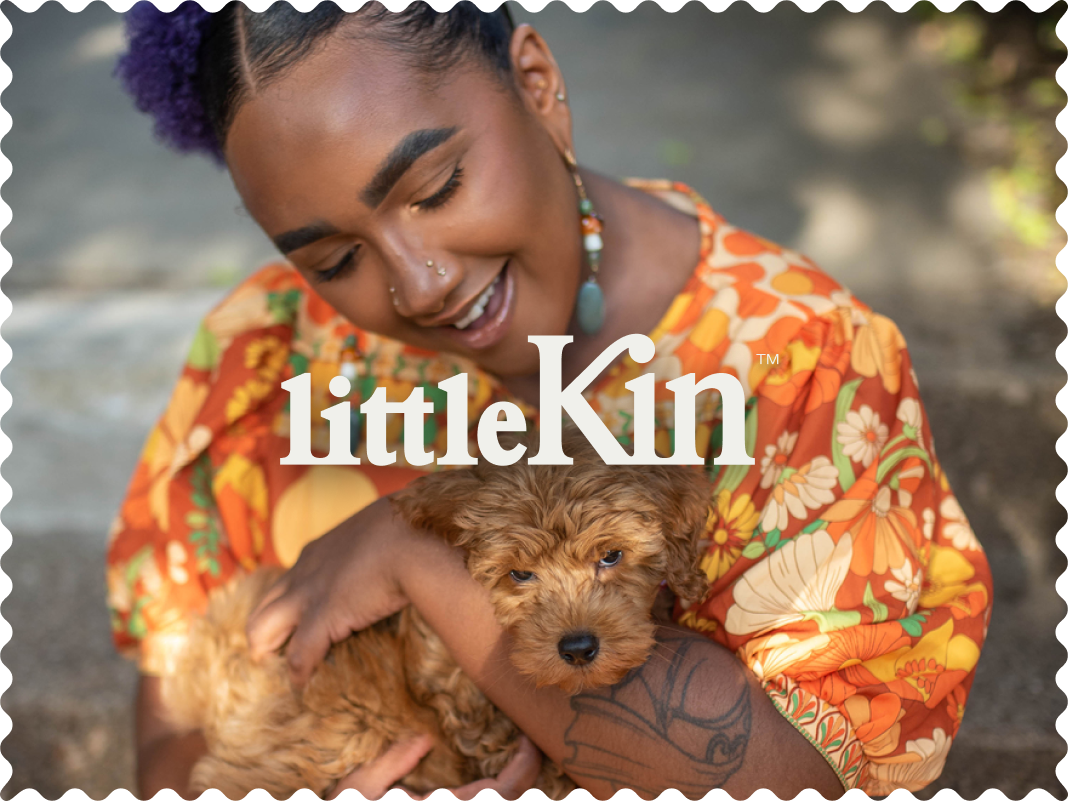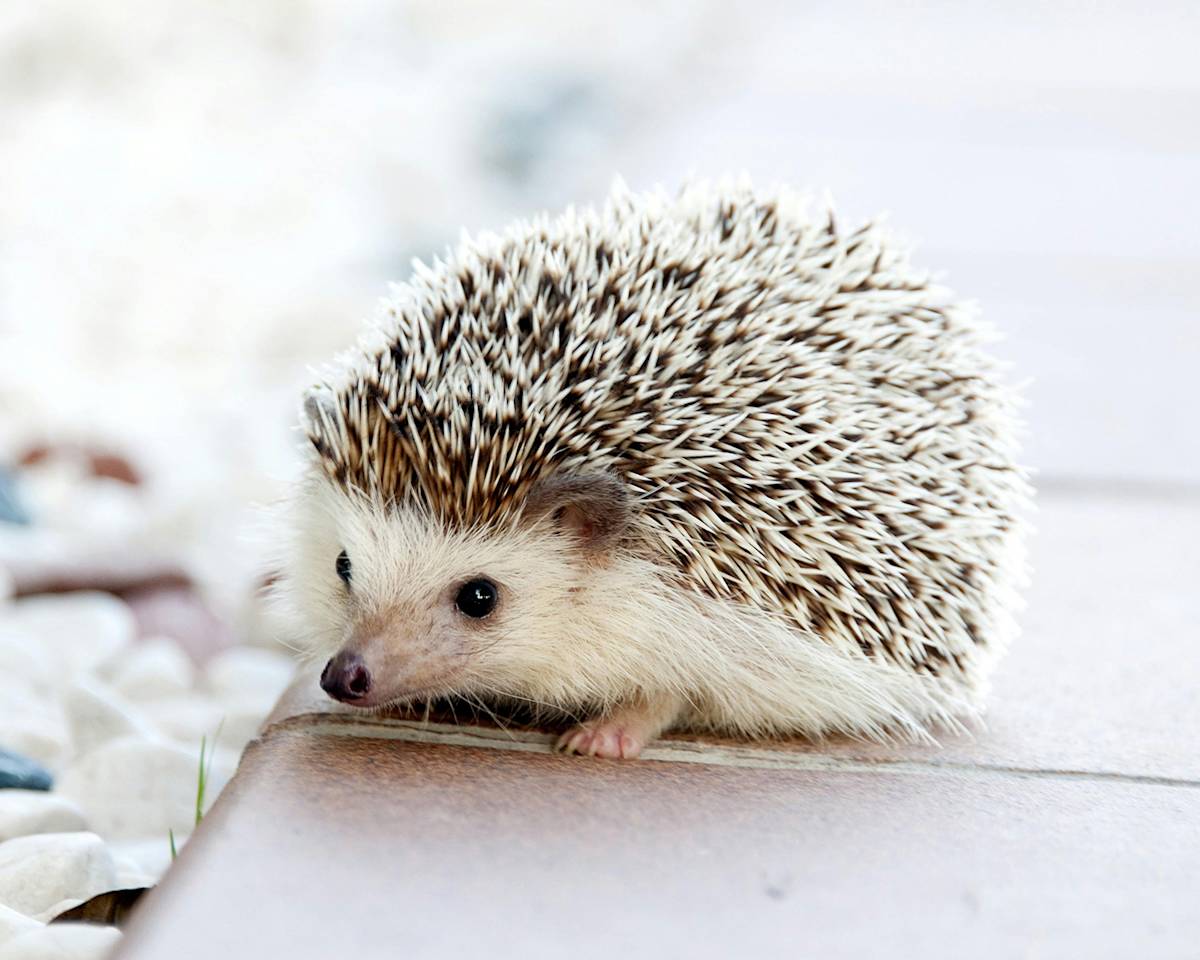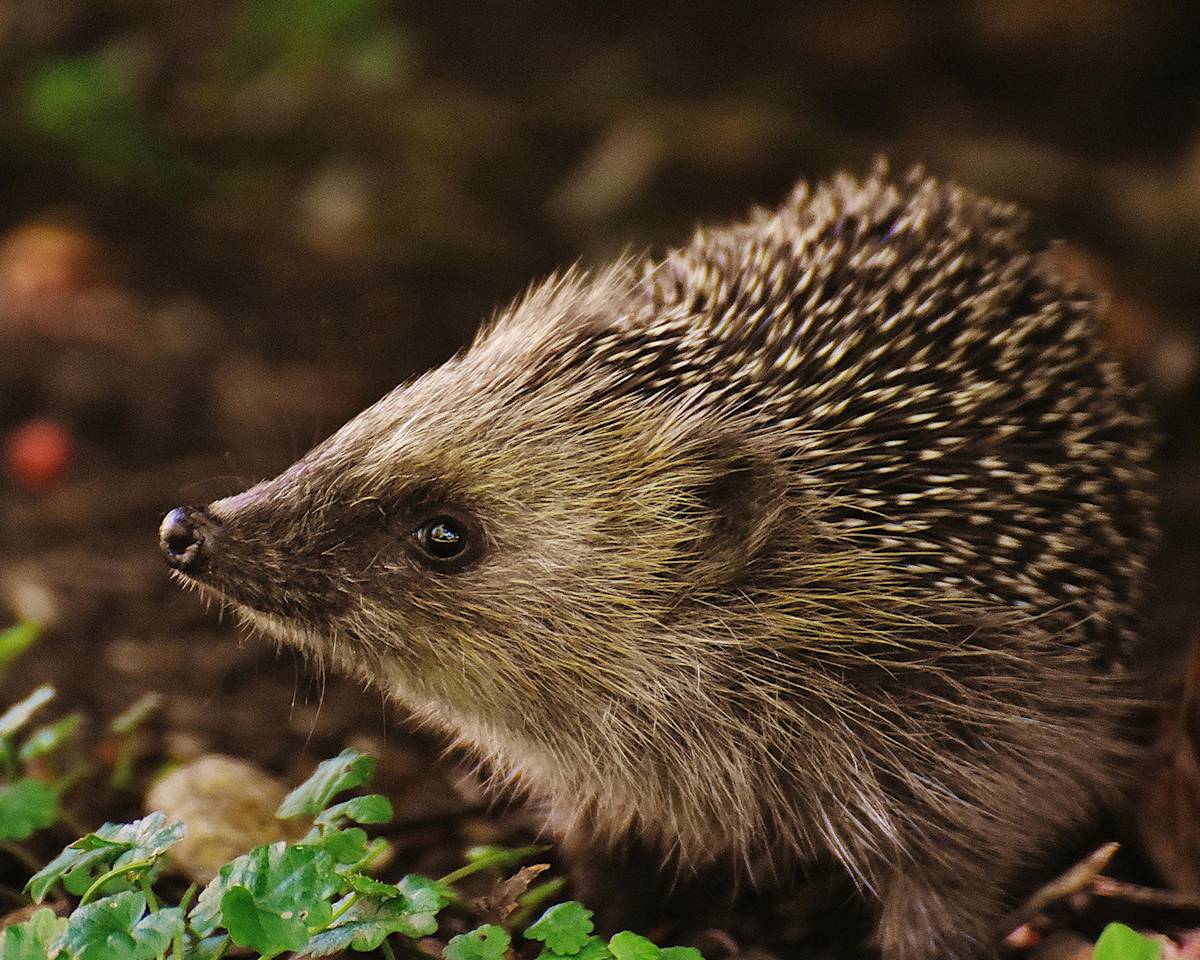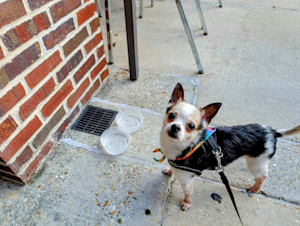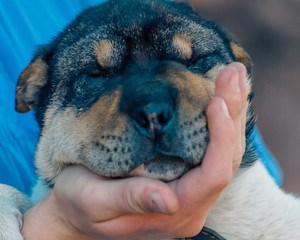So Your Dog Met a Hedgehog – Now What?
The prickly truth on spikes and safety

Share Article
There’s nothing more delightful than soaking in the autumnal colours on daily dog walks but those golden piles of leave also create the perfect hiding spot for one of the UK’s most beloved (yet prickliest) wild residents: the hedgehog.
If your curious pup has ever stumbled upon one, you’ve probably wondered, “Can those sharp spikes actually hurt my dog?” While hedgehogs look irresistibly cute, their protective spines (or quills) can cause more than a little discomfort for an inquisitive nose. In this guide, we’ll explore the risks, what to do if your dog gets pricked and how to keep both animals safe on your autumn adventures.
Can hedgehog spikes hurt dogs?
When threatened, a hedgehog will curl into a tight ball, making its spikes (also called quills or spines) a natural defence mechanism. Clever, right? Although hedgehog spikes are short, multiple quills can still hurt if they puncture your dog’s skin.
Hedgehog quills are made of keratin, which is the same material as our nails. They can cause mild puncture wounds, scratches or abrasions, particularly around sensitive areas on your pup like the nose, lips and paws.
Potential injuries from hedgehog spikes
Puncture wounds: spikes can prick a dog’s nose, lips or paws.
Scratches and abrasions: rubbing against a hedgehog can leave superficial cuts.
Pain and discomfort: even small punctures can be painful, especially near the face.
Risk of infection: dirt or bacteria entering the wound may lead to inflammation or infection.
Swallowing of spikes: monitor for depression, vomiting, lethargy or loss of appetite if you think some may have been ingested.
Symptoms of a hedgehog spike injury in dogs
Watch for the following signs if your dog may have been injured:
Visible puncture marks or scratches: small holes, cuts or scratches on nose, lips, paws or body.
Redness and swelling: inflamed or raised areas around the wound.
Pain or sensitivity: yelping, pulling away or discomfort when touched.
Excessive pawing or licking: dogs try to soothe irritation by pawing at or licking the wound.
Drooling or difficulty eating: if spikes contact the mouth or lips.
Behavioural changes: anxiety, restlessness or unusual aggression after the encounter.
Signs of infection: pus, foul smell, warmth around the wound, or fever.
How to prevent injuries from hedgehog spikes
Hedgehogs are nocturnal, so most encounters occur at night. You can reduce the risk with these tips:
Supervise your dog outdoors in the garden at night and use a lead if you’re concerned there might be hedgehogs out there. Always check for hedgehogs first and turn on outdoor lighting to encourage them to leave.
Keep your dog on a lead during evening walks.
Provide hedgehog-safe garden spaces with fencing, hiding areas, long grass and leaf piles.
Train recall cues like ‘no’ or ‘leave it’ to call your dog away quickly.
Always be mindful of any leaf piles which may serve as hedgehog nests.
What to do if your dog gets a spike injury
If your dog comes into contact with a hedgehog follow these steps:
Always stay calm and don’t punish your dog – they were likely just being curious.
Inspect them for for punctures, redness or swelling. Especially on the mouth, muzzle and paws.
Clean gently with warm salt water or saline solution.
Monitor for infection looking for swelling, pus, pain or fever.
Call your vet if your dog has multiple punctures, the wounds look infected, or your dog is drooling excessively or pawing at its mouth.
Hedgehogs as pets
Pet hedgehogs can coexist safely with dogs, but careful supervision, proper housing and consistent training (usually for the dog rather than the hedgehog) are essential to protect both animals.
Hedgehogs can carry external parasites such as fleas, ticks and mites. Keep parasite control up to date for both pets.
Ringworm can also be a concern – practice good hygiene.
Hedgehogs may carry bacterial infections such as Salmonella — always wash hands after handling, and keep outdoor dog food and water bowls clean.
Immune-compromised household members should avoid keeping hedgehogs as pets.
The bottom line: can hedgehog spikes hurt dogs?
Encounters between dogs and hedgehogs are probably much more common than we think, especially in rural or suburban areas. While hedgehog spikes can cause short-term pain, serious injuries are rare. With quick first aid and responsible pet management, both your dog and local hedgehogs can stay safe. As hedgehog populations decline in the UK and are now listed as vulnerable, it’s important to protect these charming garden visitors.
Frequently asked questions
What happens if a hedgehog pricks a dog?
Your dog may get a small puncture or scratch that can be painful but usually heals quickly with proper cleaning.
Can hedgehogs be harmful to dogs?
Hedgehogs are generally not dangerous, but their spikes can cause minor injuries or irritation if a dog gets too close.
Are hedgehog spikes poisonous?
No, hedgehog spikes are not poisonous, but they can still cause discomfort, punctures or infection if not treated.
Resources
Gazzard, A., et al. “Conservation Concern for Europe's Hedgehog Species (Erinaceidae): Current Statuses, Issues and Needs.opens in new tab” Biological Conservation, vol. 304, 2025, p. 111033.
Ruszkowski, J. J., et al. “Hedgehogs as a Potential Source of Zoonotic Pathogens—A Review and an Update of Knowledge.opens in new tab” Animals, vol. 11, no. 6, 2021, p. 1754.

Zoe Blake RVN, ISFMCertFN / AdvCertFB, MISAP
Zoe is a registered veterinary nurse and has been in the profession for over 30 years, with specific interests in Diagnostic Imaging, Feline Behaviour, Animal Handling, Preventative Healthcare Clinics. She enjoys educating pet parents on all aspects of their care and loves writing about all aspects of pet care to educate pet parents to understand and provide the best to their animals by sharing hr valuable knowledge. When she is not chatting animals, she can be found running around the tennis court or exploring the countryside with her rescue dog, Dylan.
Related articles
![]()
Why Acorns Are Deadly For Dogs (And What to Do If They Eat One)
These autumnal staples can hide a toxic threat to your pup
![Dog looking out the window at dusk]()
Expert Tips on How to Help Dogs on Bonfire Night (Starting Today)
How to help your dog stay cool, calm and collected this autumn
![picture of a chihuahua in a coat looking up at the camera with two plastic water bowls in the background]()
Is it Safe to Let Your Dog Drink From Communal Water Bowls?
Cute idea, not so cute consequences
![a close up image of a puppy's face looking sad and swollen]()
Understanding Rabies: a Complete Guide For UK Pet Parents
Everything you need to know about the deadly disease
